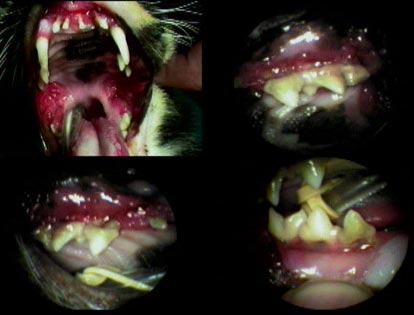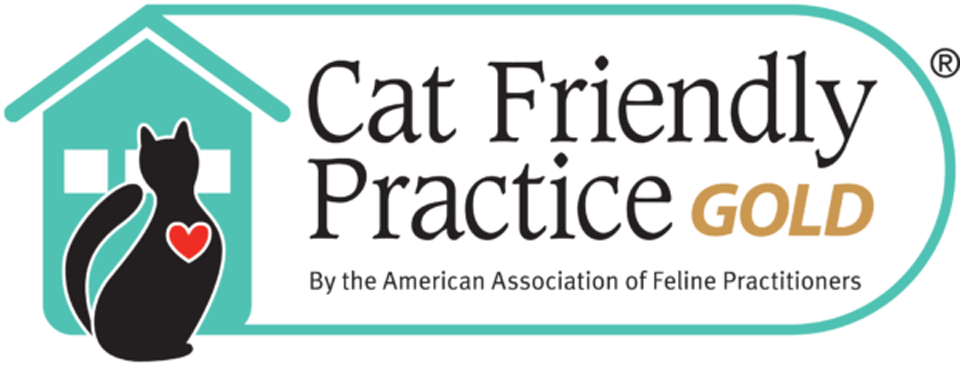What is LPS?
The term LPS is simply the abbreviation for the condition known as Lymphocytic Plasmacytic Stomatitis, which comes from the histological description of biopsies taken from affected cats.
What causes LPS?
The cause of LPS is not known, although some diseases and viruses have been suspected in its occurrence. There appears to be several forms of LPS and different treatments may work better in some than in others. It is known that about half of the animals with LPS may have one or more of the following complicating diseases: FELV (feline leukemia), FIV (feline aids), FIP (feline infectious peritonitis), Calici virus, thyroid conditions, FORL (feline osteoclastic resorptive lesions), periodontal disease or plaque.
What does LPS do?
LPS causes severe oral discomfort and inflammation. The pet may have problems eating, lose weight, become highly sensitive around the face and mouth, become irritable, more aggressive, debilitated and weak.
Can it be treated?
There are many treatments that have been tried to control LPS. No one treatment has been found to be always successful. Treating any complicating diseases, cavities, and the pet’s discomfort is required. Also, good home care and diet can make a major difference. Many cats with LPS, however, are very painful around the mouth and will not allow any degree of home care. Specialized dental diets can help to provide some degree of passive home care without the risk of owner injury. Often extraction of all the teeth is required when other treatments have not been successful.
How and with what do I brush my cat’s teeth (if my cat will allow me)?
Start very slowly. Due to the inflammation and discomfort in a cat with LPS, extreme care must be exercised in attempting brushing. Make the brushing simple, fun and tasty for your cat. Save some water from a can of tuna. Dip your finger into the tuna water and rub your finger over your pet’s teeth. Once you have done this, praise your cat. Repeat this once or twice a day until your cat gets accustomed to it. Next, try a piece of gauze or cloth wrapped around your finger using the tuna water. Gradually you will be able to progress to a fingerbrush or a very soft pet toothbrush. When your pet is comfortable with this process, introduce pet toothpaste. This special toothpaste is designed to be swallowed and will not irritate your cat’s stomach (as will human toothpaste). The CET brand of toothpaste contains enzymes that kill bacteria in the mouth. This is extremely important in controlling plaque and tartar buildup.
What else should I do?
- Have your cat’s teeth and gums examined for the extent of disease and an opinion of treatment options.
- Blood work may be required to rule out various complicating diseases such as FeLV, FIP, FIV, thyroid disease, etc.
- Follow the treatment plan and report to the doctor how your cat responds.
- Have your cat’s teeth cleaned on a regular basis as recommended.
- Have all diseased teeth treated or extracted.
- Use the home care products as directed for your cat.
- Follow up with regular rechecks to see that the medications and home care are reasonably controlling the LPS.
There is no one absolute cure for LPS, just as there is no absolute cause determined in most cases.

Severe LPS in a 3 -year-old feline



